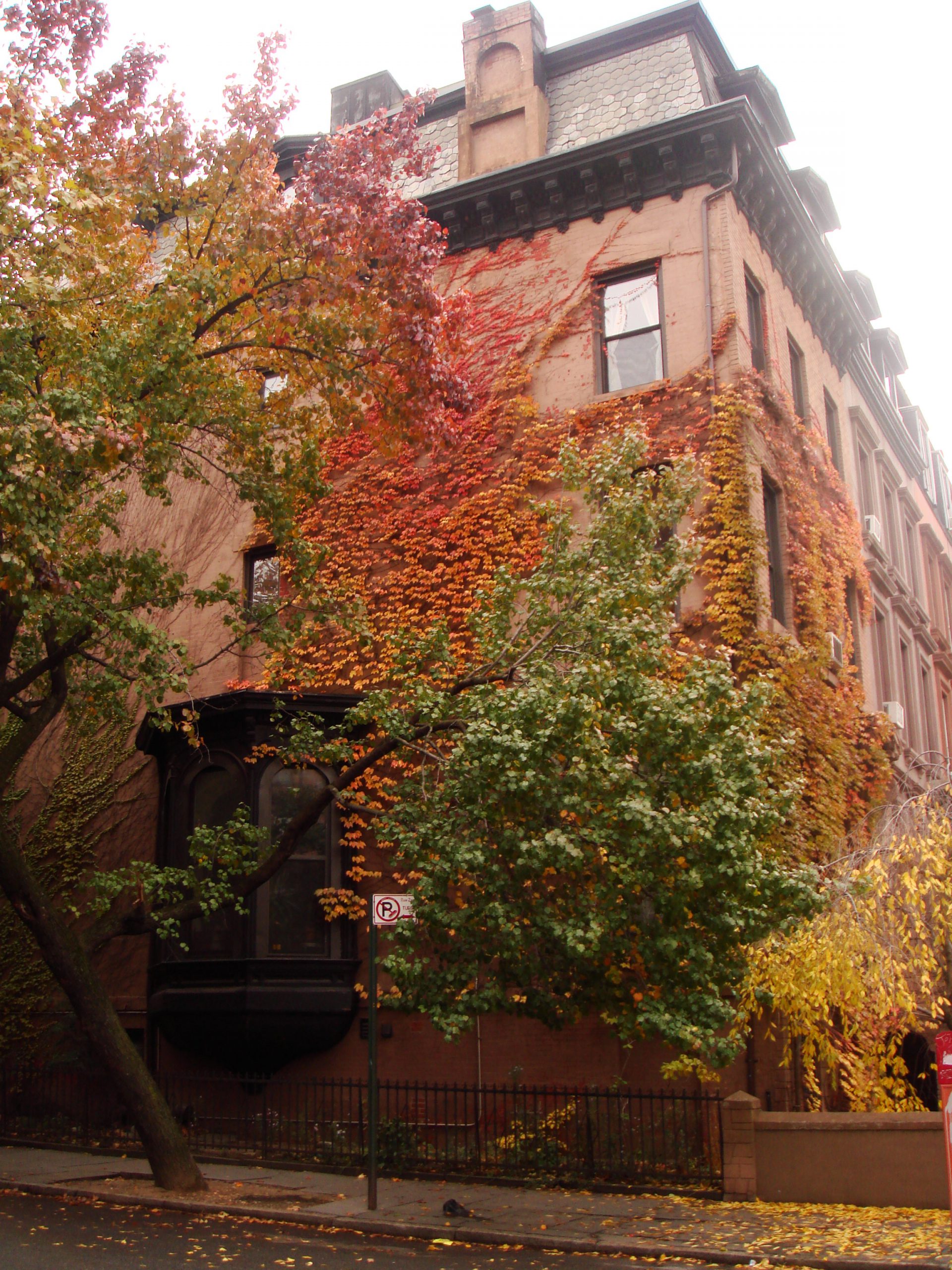
As the leaves change color and temperatures begin to drop, it’s time for property managers to shift their focus towards preparing their rental properties for the upcoming winter months. Winter-proofing is not only crucial for ensuring the comfort and safety of your tenants but also for safeguarding your property from potential damage caused by harsh weather conditions. Let’s explore a comprehensive list of tips to help you winter-proof your rental property effectively during the off-season.
Conduct a Thorough Property Inspection: Before the winter weather sets in, perform a detailed inspection of the property’s exterior and interior. Identify areas that may be vulnerable to cold drafts, leaks, or other weather-related issues. Address any necessary repairs promptly to prevent further damage.
Inspect and Maintain Heating Systems: Ensure that the heating systems, such as furnaces, boilers, and radiators, are in optimal working condition. Schedule professional maintenance to clean and inspect these systems and replace air filters if needed. Tenants’ comfort and safety are important during the colder months.
Seal Gaps and Cracks: Cold air infiltration can lead to higher energy bills and discomfort for tenants. Seal gaps and cracks around windows, doors, and other potential entry points to keep the cold air out and the warm air in. Weatherstripping and caulking are effective tools for preventing drafts.
Insulate Pipes: Prevent frozen pipes by insulating them properly, especially those located in unheated or exposed areas. This simple step can help avoid costly plumbing repairs and potential water damage.
Clean and Inspect Gutters and Downspouts: Clogged gutters and downspouts can lead to ice dams and water damage. Clean out leaves and debris from gutters and ensure that downspouts direct water away from the property’s foundation to prevent potential flooding.
Test Smoke and Carbon Monoxide Detectors: The winter season often means increased use of heating appliances, which can pose fire and carbon monoxide risks. Test and replace batteries in smoke and carbon monoxide detectors to ensure they are functioning properly.
Winterize Outdoor Faucets and Irrigation Systems: Drain and disconnect outdoor hoses, and cover faucets with insulating materials to prevent freezing and potential pipe damage. If your property has an irrigation system, ensure it is properly winterized to prevent burst pipes.
Protect Landscaping and Outdoor Furnishings: Trim tree branches that could potentially fall on the property during heavy snow or ice storms. Store outdoor furniture and other items indoors to prevent damage from harsh weather conditions.
Communicate Winter Maintenance Expectations: Clearly communicate your expectations for winter maintenance to your tenants. Remind them to keep heat on, leave cabinet doors open to allow warm air to circulate around pipes, and report any issues promptly.
Emergency Preparedness: Prepare for potential power outages by stocking up on emergency supplies such as flashlights, batteries, blankets, and non-perishable food. Communicate emergency contact information to your tenants in case of severe weather-related incidents.
Provide Ice Melt and Snow Removal Tools: Equip your tenants with the tools they need to keep walkways and driveways clear of snow and ice. Providing ice melt, shovels, and other snow removal tools can help prevent accidents and ensure safe passage.
Maintain a Reliable Point of Contact: Keep lines of communication open between you and your tenants throughout the winter season. Encourage them to report any maintenance issues promptly so you can address them before they worsen.
By taking proactive measures to winter-proof your rental property, you demonstrate your commitment to tenant comfort and safety while also protecting your investment. Implementing these tips can help you avoid costly repairs, maintain tenant satisfaction, and ensure a smooth transition into the warmer months ahead.


Recent Comments